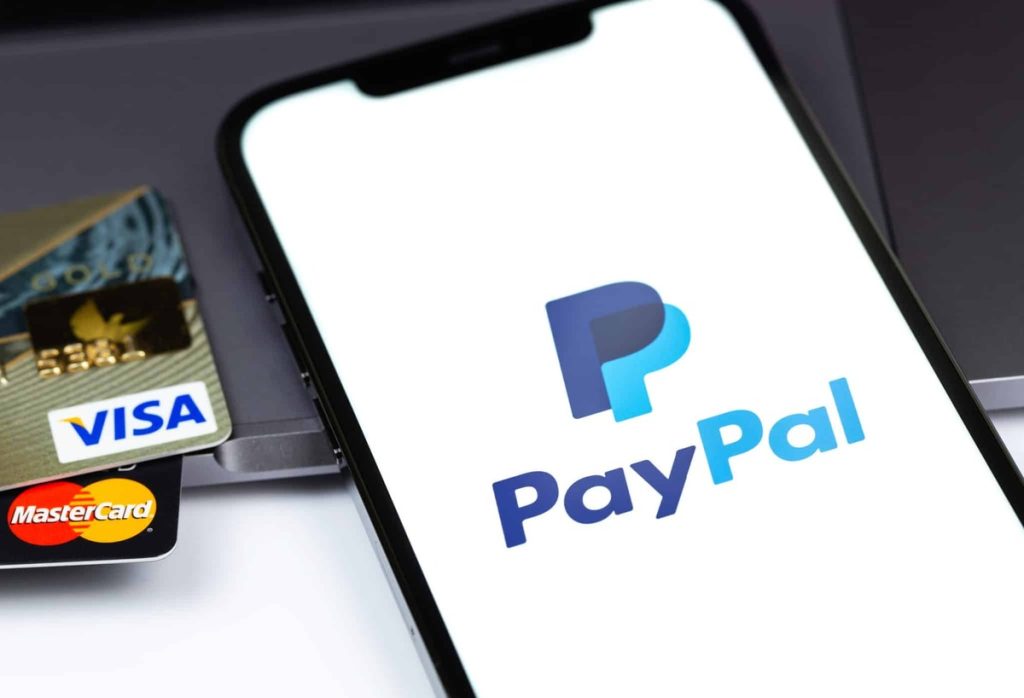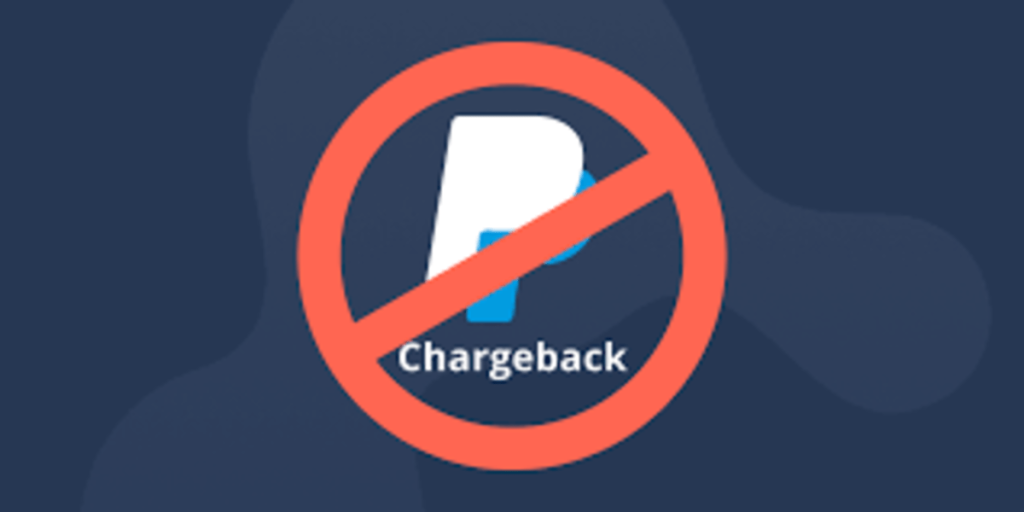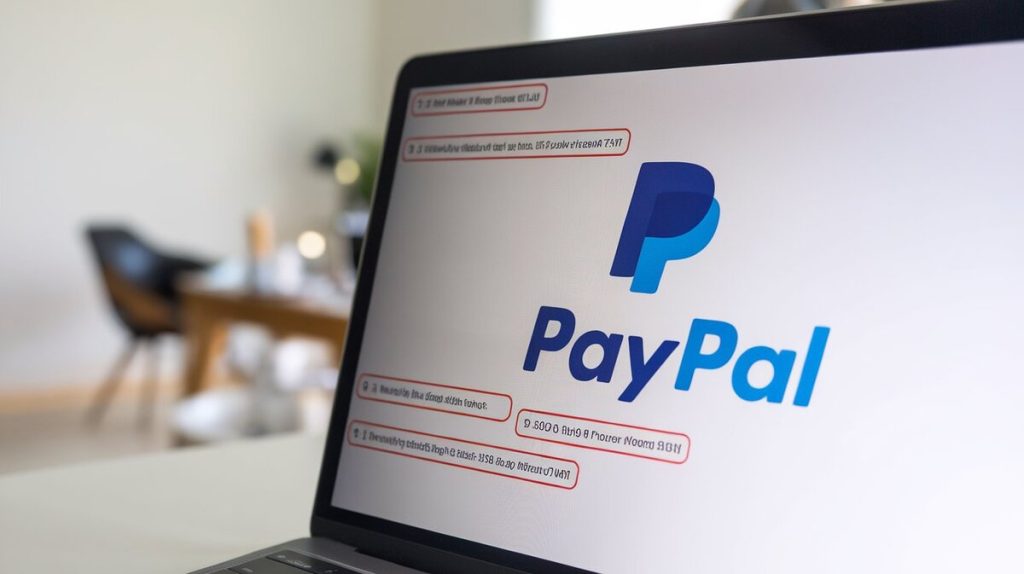Chargebacks are a growing issue for online merchants using PayPal. While they serve as a consumer protection mechanism, chargebacks often lead to significant revenue loss. In this guide, we’ll discuss strategies to prevent PayPal chargebacks effectively and keep your business running smoothly.
What Are PayPal Chargebacks?
A PayPal chargeback occurs when a customer disputes a transaction with their credit card issuer instead of PayPal. The issuer withdraws the funds from the seller’s account while the dispute is investigated. Chargebacks happen for reasons like fraud, non-delivery of goods, or misunderstandings.
According to a 2023 Mastercard report, eCommerce fraud is expected to cause over $41 billion in losses by 2027. Reducing chargebacks is critical for any business to avoid unnecessary financial strain.
Common Causes of PayPal Chargebacks
- Unauthorized Transactions: A buyer claims that their account was used without permission.
- Item Not Received: The buyer alleges that they never received the purchased goods.
- Item Not as Described: The buyer believes the product doesn’t match the description.
- Friendly Fraud: A customer disputes a legitimate transaction, often to get a refund without returning the goods.
According to VISA, friendly fraud accounts for up to 60% of all chargebacks, making it one of the top reasons merchants lose money.
Best Practices to Prevent PayPal Chargebacks
- Clear Return and Refund Policies
- A transparent return policy prevents chargebacks. Customers are less likely to dispute a transaction if they understand how returns and refunds work. Leading payment processors like Stripe recommend placing the return policy prominently on your website to avoid confusion.
- Use Tracking and Delivery Confirmation
- Shipping goods with tracking numbers provides proof of delivery, making it easier to dispute “Item Not Received” claims. PayPal requires tracking and delivery confirmation for its Seller Protection policy.
- For high-value goods, Mastercard suggests using signature confirmation, especially for purchases over $500.
| Shipment Type | Tracking Required | Signature Required (USD) |
|---|---|---|
| Domestic | Yes | Above $750 |
| International | Yes | Above $500 |
| High-Risk Goods | Yes | Always |
- Fraud Detection Tools
- Use fraud detection tools from providers like Braintree or Checkout.com to screen transactions for suspicious behavior. Real-time fraud detection tools analyze data such as discrepancies between billing and shipping addresses to flag potential fraud before it turns into a chargeback.
- Accurate Product Descriptions
- Ensure that your product listings are clear and accurate. Misleading descriptions lead to “Item Not as Described” disputes, which can be challenging to win.
- Keep Detailed Records
- Record everything: transaction details, communications with customers, shipping receipts, and invoices. These records are crucial if a chargeback is filed. PayPal and credit card companies often ask for detailed evidence during disputes.

Advanced Chargeback Prevention Strategies
- Analyze Buyer Behavior
- Certain patterns can indicate potential fraud. For example, mismatches between the billing and shipping address or temporary email addresses could be signs of fraudulent activity. Cross-check this information using tools from VISA or Mastercard to prevent risky transactions.
- Use PayPal Seller Protection
- PayPal offers Seller Protection for eligible transactions. This protects against chargebacks related to unauthorized transactions or items not received. Ensure that your shipments meet PayPal’s requirements, such as tracking and shipping to the buyer’s verified address, to benefit from this protection.
- Promptly Address Customer Complaints
- According to Stripe, responding quickly to customer inquiries can prevent chargebacks. By addressing issues directly, merchants can resolve problems before they escalate.
| Response Time | Chargeback Risk Reduction |
|---|---|
| Within 24 hours | 50% |
| Within 48 hours | 30% |
| After 72 hours | 10% |
Responding to PayPal Chargebacks
When faced with a chargeback, swift action can make a significant difference in the outcome.
- Access PayPal’s Resolution Center
- PayPal’s Resolution Center is where you’ll gather all necessary documents—such as proof of shipping, tracking numbers, and customer communication—to dispute a chargeback.
- Submit Evidence
- PayPal requires merchants to submit documentation to dispute chargebacks, such as delivery confirmations and proof of communication with the customer.
- Dispute Unjustified Chargebacks
- If you believe the chargeback is unwarranted, file a dispute. Use all available documentation to support your case.
- Partner with a Chargeback Specialist
- Partnering with Merchanto.org, an official VISA and MasterCard partner in chargeback prevention, can streamline the process. They offer comprehensive services that help merchants dispute and prevent chargebacks effectively. Learn more about their services.
Chargeback Prevention Tips
- Delay Shipping of High-Risk Goods
- For expensive items, delaying shipment by 24-48 hours allows time for additional fraud checks. This reduces the risk of fraud and related chargebacks.
- Stay Compliant with PayPal and Credit Card Issuer Rules
- Keep up-to-date with PayPal’s policies and the rules of credit card issuers like Mastercard and VISA. Ensuring compliance can help protect your account from being flagged for frequent disputes.
- Leverage Data to Improve Processes
- Analyze your chargeback data regularly to identify patterns and weaknesses in your process. Doing so helps you prevent future chargebacks by refining internal processes.

Chargeback Fees and Their Impact
Chargebacks come with both direct and indirect costs. Beyond losing the sale, merchants may also face fees. For example, PayPal charges a $20 fee per chargeback, which is non-refundable if the dispute is ruled against the merchant. Over time, these fees add up, especially for smaller businesses.
| Annual Revenue | Chargeback Rate | Revenue Loss (Without Prevention) | Revenue Loss (With Prevention) |
|---|---|---|---|
| $1,000,000 | 1.5% | $15,000 | $9,000 |
| $5,000,000 | 1.8% | $90,000 | $54,000 |
| $10,000,000 | 2.0% | $200,000 | $120,000 |
According to Mastercard, merchants who consistently implement best practices in fraud prevention report a 40% reduction in revenue losses due to chargebacks.
Why Chargeback Prevention Matters
The cost of chargebacks isn’t just financial. Too many chargebacks can lead to restrictions on your PayPal account or, worse, account suspension. Mastercard and VISA have strict rules on chargeback ratios (the ratio of chargebacks to sales), and exceeding this threshold can have serious consequences for your business.
A well-rounded prevention strategy protects your business from these risks and ensures that you maintain a good standing with payment processors.
Fraud Detection Tools
Several payment processors offer advanced fraud detection solutions:
- Braintree provides real-time fraud analysis, allowing you to flag risky transactions before they’re processed.
- Stripe offers fraud protection as part of its payment processing services, using machine learning to detect potential fraud.
- Checkout.com provides customizable fraud filters that allow merchants to set up rules tailored to their business.
These tools reduce fraud and the associated risk of chargebacks, helping to protect your business from unnecessary losses.
Conclusion
Preventing PayPal chargebacks is essential for the financial health of your eCommerce business. Implementing clear return policies, using fraud detection tools, maintaining accurate transaction records, and promptly addressing customer complaints can significantly reduce your exposure to chargebacks.



